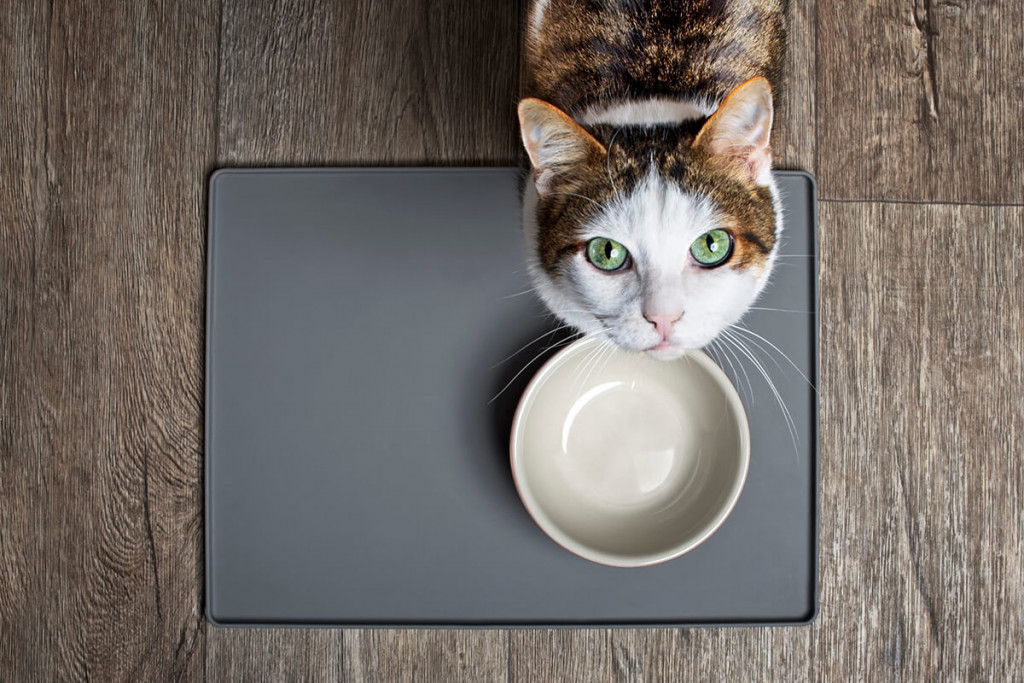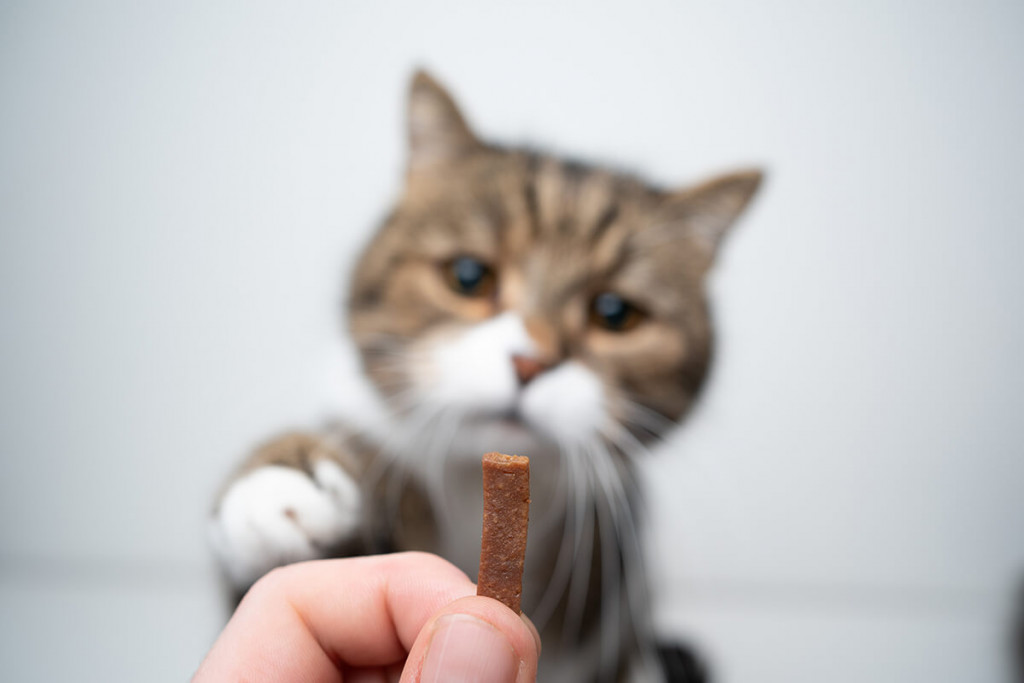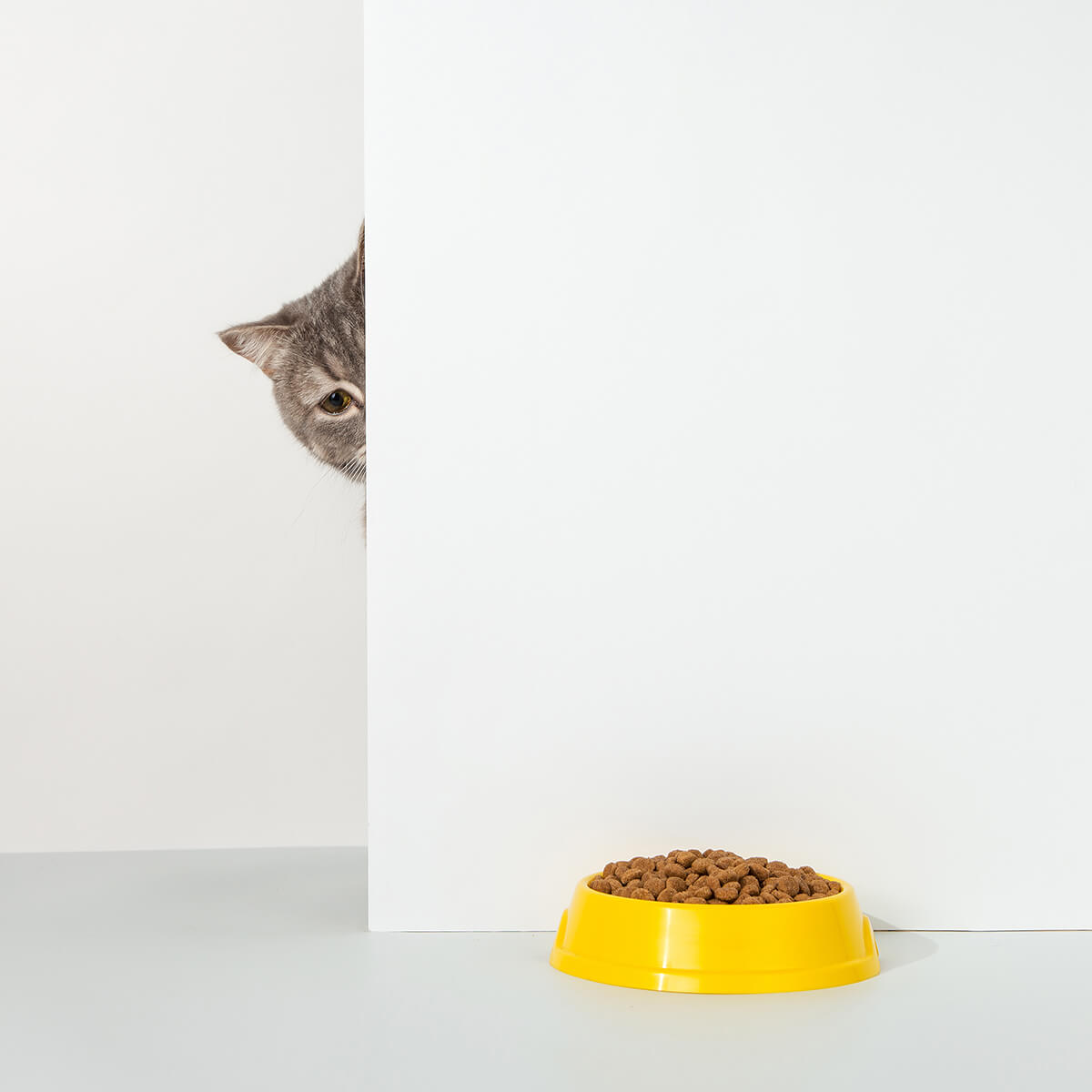So, your cat is not eating and it’s sending your mind to a frenzy. Before you start panic-buying all the cat food available, breathe and take a step back. Don’t take it personally! Our feline friends are notorious for being picky eaters.
The good news is, this behavior is generally learned and not bred into them. Cats have a discerning palate and often, different factors influence their perception of food—there’s texture, temperature, and even the way their meal is served. But just because your cat turns up its nose at the food you give them doesn’t always mean they’re too fussy to eat.
Don’t be so quick to chalk it up to cattitude! Still, it’s best to take them to the vet, just to make sure they don’t have any underlying condition that causes them to have a decreased appetite. It’s advisable to do this before making any major changes to their eating habits.
But if the vet finds nothing wrong and your cat is still being extra difficult, consider the following tips to help them start eating their meals again.
Find their preference
Cats have certain taste preferences so you may need to try a few different types of food before finding one your cat is truly happy with. We can’t ask our kitties what type of food they like best, sadly. We have to rely on their behavior to know what food they prefer. A cat will ignore a meal they don’t like and will immediately gobble up food they love.
If you’re having a difficult time figuring out what food your cat likes, try a one-off food trial. Simply put out a small amount of food (can be a mix of wet and dry) and see which dish your cat gravitates toward. When it comes to dry food, opt for products that address the specific needs of fussy cats: smell, texture and how your cat feels after eating. Proper food not only satisfies your cat’s energy needs, but also provides the right nutrients they need to be in tip-top shape.
Set a feeding routine
Create a feeding schedule that includes meals at specific times of the day. Cats are creatures of habits and thrive best with a routine. Cats do not respond well to change and often perceive it as a threat. To keep your cats happy and healthy, make sure their routine (and yours) is as consistent as possible. Feeding cats on a schedule is an essential trick to reinforce their eating habit.

Create a designated feeding area
Cats are not social eaters. They don’t enjoy dining with a crowd. Place their food in a quiet place, away from the hustle and bustle of the house. It’s essential to note that cats need to have their food and water away from their litter box. Cats are naturally clean creatures and putting their food near the litter will curb their appetite.
Let them try wet food
Dry food does not always meet your cat’s needs as much as wet food does. Most cats prefer wet food because of its aroma and texture. Wet foods like Loveabowl’s Chicken Snowflakes in Broth or Tuna Ribbons in Broth have an aroma, texture, and flavor even the fussiest of cats will love. It’s natural food that contains no grains, carrageenan, and thickening agent. It’s a good complimentary meal for your cat’s main dish. If your cat has become increasingly selective with their regular meal, give wet foods a try.
Choose the right food bowl
Your choice in water and food bowls is an important factor on your cat’s diet. Go for bowls that are wide and shallow so your feline friend can eat properly. Elevated food bowls are also available for cats with orthopedic issues.
We recommend ceramic bowls that are microwave- and dishwasher-safe. Keep in mind that your cat’s food bowl can be a cesspool of bacteria. Be sure to keep them clean and spotless at all times.
Switch it up
When it comes to food, we all need a little variety from time to time. Yes, we love pizza but we can’t imagine eating it every day. Maybe your cat feels the same way? Try switching up their protein source. While cats are finicky, we do believe that they appreciate different flavors in their diet.
This is the time to give novel protein a try. Novel protein is simply protein your cat has never tried before. Most of these are often labeled as novel, grain- or soy-free, natural, dairy-free, hypoallergenic, or made with limited ingredients.
Try Loveabowl’s Salmon or Chicken and Snow crab kibbles for starters. Low-fat and taurine-fortified, it’s a great source of omega-6 fatty acids and packed with antioxidants, vitamins, minerals, amino acids, fibre, and iron. Perfect to keep your cat active, happy, and healthy.
Make the switch gradually and don’t give your cat a smorgasbord of food to choose between all at once. A slow transition helps avoid digestive problems and gives your cat ample time to adjust to new flavors and textures.

Hold the treats
It’s tempting to give them treats, especially when showing good behavior. The cons? It can ruin their appetite and sometimes, they can make your cat overweight. Treats shouldn’t be a large part of your cat’s daily caloric intake. They are not nutritionally balanced, so your cat won’t necessarily get the nutrition needed out of them. While it’s hard to say no to their adorable faces, it’s all about balance! Giving them treats throughout the day can hinder their appetite and decrease motivation to eat their main meals. Limit their treats to just one or two times a day. And don’t worry, a few treats here and there aren’t likely to make your cat obese!
Serve food warm
The temperature at which you serve your cat’s food is also an important factor. While some cats happily eat cold food, some don’t fancy it as much. Eating cold wet food might irritate your cat’s tummy. This doesn’t mean your cat is sick! This actually means that their digestive system is working properly as it should. By serving your cat warm food, it releases more flavor and aroma, making the meal more appetizing for them. Kittens also prefer warm food as it reminds them of their mama’s milk which is usually at body temperature.
Try meal toppers
Eating the same dry kibble every day might be boring for your cat. Luckily, there’s an easy way to customize cat food and make it a little more appealing: meal toppers. Meal toppers are a convenient way to offer variety and add a personalized touch to your cat’s daily chow. It can be as simple as the drained water from canned tuna or the wet version of your cat food mixed into the dry food version. Ready-made toppers are also available in different versions like gravies, broths, shredded or flaked fish, or freeze-dried chicken crumbles.
Just be mindful of the amount of meal toppers you serve! Calories coming from treats or meal toppers should not exceed 10% of your cat’s total daily calorie intake. Whether homemade or bought, the purpose of meal toppers is to supplement the main cat food.
